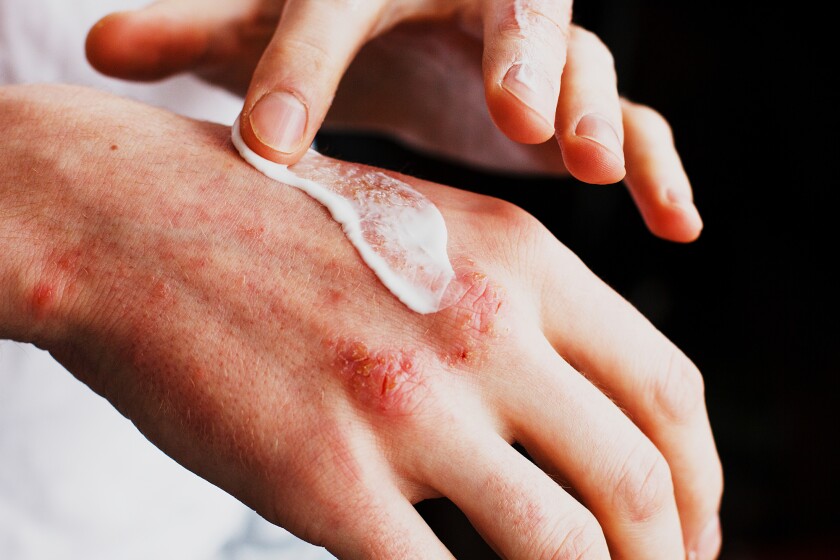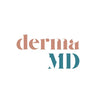Atopic Dermatitis
an allergic skin reaction usually seen in young children, but may persist till adult life. Occurs when skin’s natural barrier is weakened and is prone to irritants and allergens. Symptoms typically appear on your arms or in the creases of your elbows or knees. Children may develop symptoms on their scalp and cheeks.
Contact Dermatitis
Contact dermatitis happens when you touch a substance that irritates your skin or causes an allergic reaction. The most common irritants include - detergents, bleach, jewelry, latex, nickel, paints, plants, skin care products including makeup, hair dye, soaps and perfumes. It can cause eczema of hands and foot, or sites that come in contact with allergen
Dyshidrotic Eczema
also known as pompholyx, causes small blisters to form on your hands and feet
Seborrhoeic Dermatitis
scaly patches of skin that produce dandruff-like flakes. These patches often appear where there are more sebaceous glands on the body, such as - scalp, hairline, behind ears, nose, groin, upper chest. Seborrheic dermatitis is due to a combination of environmental and genetic factors. Triggers include seasonal changes (winter flares), stress, illness, hormonal changes, harsh detergents or chemicals.
Stasis Eczema
more common in people who have poor circulation or varicose veins. It happens when fluid leaks out of weakened veins into your skin, usually affecting the legs and ankles. This fluid may cause swelling, redness and oozing in initial stages, pigmentation of skin, itching, pain.
Asteatotic Eczema
The treatment of eczema is multifactorial. We evaluate your skin and lifestyle factors in detail, help you to identify triggering factors and provide appropriate treatments for you
While eczema is more common in children, some people continue to have it right up till adulthood, or may even develop it for the first time during adulthood.
There usually are trigger factors for most eczemas such as food habits, contact with certain chemicals or detergents, seasonal changes etc.




